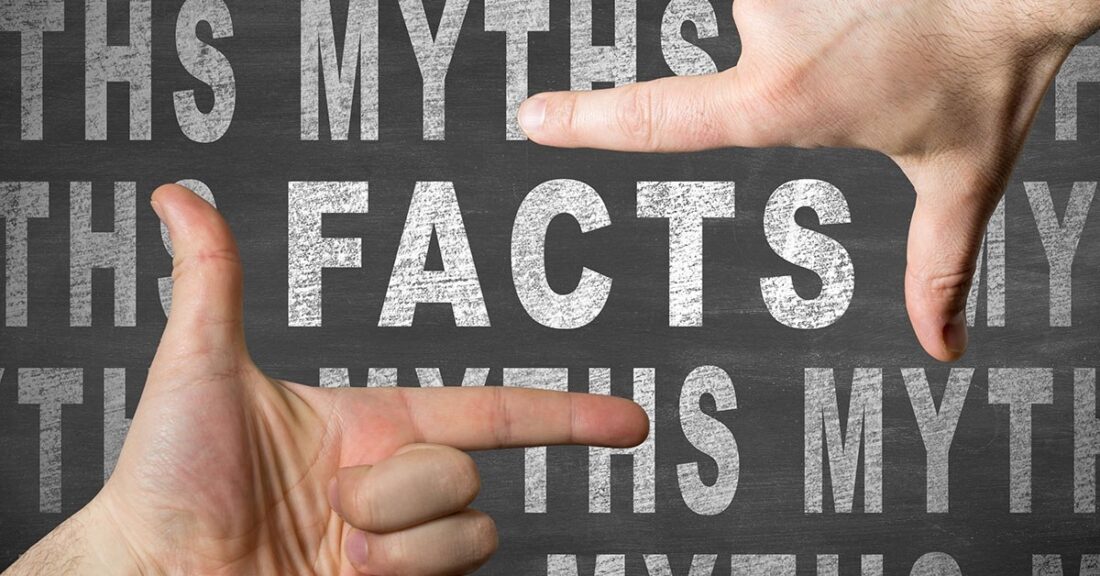Four Common Misconceptions About the 2020 Census

This year, the U.S. Census Bureau will complete its 24th decennial census — an effort that aims to count every person in the country. The nationwide survey, which is accepting household responses through July 31, 2020, is an important tool that leaders and organizations — including the Annie E. Casey Foundation — use to allocate funds, assess progress, plan for the future, make political decisions and improve the lives of kids and families.
In this post, Florencia Gutierrez, a senior research associate at the Casey Foundation, separates fact from fiction and addresses four common misconceptions that people have about this vital public planning tool.
Myth 1. The government is tracking who is — and who isn’t — a U.S. citizen.
Let’s cut to the chase: “The census form will not ask residents about their citizenship status,” Gutierrez says.
Here’s where the confusion lies: In March 2019, the U.S. Department of Commerce announced that it was adding a citizenship question to the 2020 census. The issue took more than a year to resolve — garnering plenty of press coverage along the way — and ended up in the Supreme Court, which ultimately ruled against adding the question. “Clarifying this detail is critical,” says Gutierrez, “because people might avoid participating in the census out of fear that their citizenship status could be used against them.”
Myth 2. I’ll just fill out the form on behalf of my family. Easy peasy.
Not so fast, warns Gutierrez. Oftentimes, the person completing the census limits their household count to immediate family members. But the correct count covers anyone and everyone living in the household — including couch-surfers, distant relatives, nonrelatives and kids of all ages.
“Young children, especially babies and toddlers, are the most likely to be left off the form. This is far from ideal,” Gutierrez says. “When a child goes uncounted, you miss out on opportunities — as a community — to plan for that child’s future.”
Myth 3. I don’t want my answers shared with other government agencies.
Good news! The U.S. Census Bureau has a crystal-clear stance on managing the data it collects from individuals and businesses. It never dishes out identifiable information — not even to other federal departments and agencies. “Title 13 of the United States Code requires census responses to be kept confidential and used for statistical purposes only,” says Gutierrez. “In fact, unlawful disclosure is a federal crime punishable by a $250,000 fine or five years in prison — or both.”
Myth 4. It’s just paperwork.
Maybe. But think of it as really, really, really important paperwork. “The census data are used to distribute about $1.5 trillion in federal funds to the states. They are also used to determine the number of seats each state receives in the U.S. House of Representatives and for planning purposes, such as where schools, libraries and hospitals go,” Gutierrez explains. “A correct census count ensures that communities will receive the resources and representation they need — and that families will receive the supports and services they need.”
The decennial census is also the government’s best tool for determining how many people are living in the United States. Other major federal surveys — including the Current Population Survey and the American Community Survey — rely on census data to make future estimates based on survey data more accurate. “This is also true for the Foundation’s KIDS COUNT Data Center and our annual KIDS COUNT Data Book,” says Gutierrez. “If the decennial data are deeply flawed, our analysis won’t represent what is really happening with kids and families. And this is exactly the scenario we are working hard to prevent.”
Read more about counting all kids in the 2020 census and why it matters.






